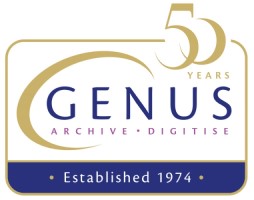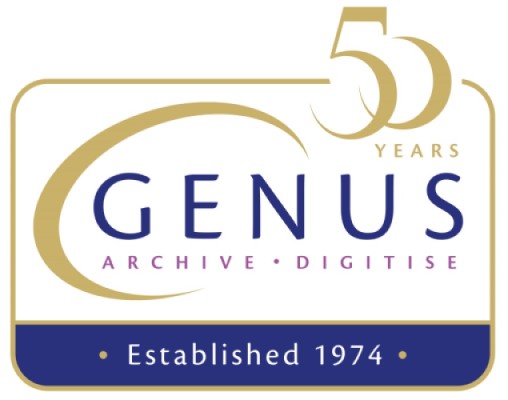Not names you would normally expect to hear in the same phrase but there is a reason. A recent enquiry from a client led to the installation of a Wicks & Wilson C-Drive X Aperture Card Scanner at The Royal Air Force Battle of Britain Memorial Flight (RAFBBMF), based at RAF Coningsby in Lincolnshire.
So far, so understandable, but what have two of the most iconic aircrafts in RAF history to do with a 35mm aperture card scanner?
RAF BBMF consists of a number of military aircraft restored and kept airworthy including Spitfires, Hurricanes, Lancasters and Dakotas. If you have seen them at British state occasions or at air shows across the United Kingdom and Europe, this is where they call home the rest of the time.
Unsurprisingly it is a full time job for the BBMF technicians to maintain the aircraft. Obviously, computer aided drawings were not around when the planes were designed, so the original drawings were undertaken by good old-fashioned aeronautical drafting – evidently to great success in these planes. Like vast quantities of original drawings, they were subsequently committed to 35mm aperture card format for reduced storage.
However with an increasing demand to remanufacture or repair old parts for the planes, access to information held on those drawings has become critical… – step forward the little C-Drive X.
 We are not going to suggest it shares the same heroic status as the planes that now surround it at RAF Coningsby but as the saying goes, the best things come in small packages and so it has proven with the scanner. With the ability to not only digitise the cards quickly on demand, directly distribute via e-mail or just send direct to scaled print, the scanner‘s powerful image processing tools have allowed the engineers to easily view and manage the drawings in digital form. An added advantage is the ability of the image processing software to improve image quality, something that simply wasn’t possible before.
We are not going to suggest it shares the same heroic status as the planes that now surround it at RAF Coningsby but as the saying goes, the best things come in small packages and so it has proven with the scanner. With the ability to not only digitise the cards quickly on demand, directly distribute via e-mail or just send direct to scaled print, the scanner‘s powerful image processing tools have allowed the engineers to easily view and manage the drawings in digital form. An added advantage is the ability of the image processing software to improve image quality, something that simply wasn’t possible before.
One example of this is the requirement to fit a new bubble to the fuselage in Lancaster PA474 – today repainted as “Thumper MKIII” of the Dambusters 617 Squadron, the sole remaining flying Lancaster in Europe.
Obtaining a high-quality digital image exactly to scale allows a specification to be sent out to specialist engineering firms to remanufacture new moulds.
We at Genus are proud to be a very small part of the restoration and upkeep of such important pieces of history.
The whole nine yards…
Finally, an internet search reveals many origins of this saying, but one of them relates to the ammunition rails in the sides of the Lancaster (see them to the left and right in this photo). These channels are nine yards long and so when defending themselves under heavy attack, the gunners in the Lancaster were said to have to used – the whole nine yards. We can’t guarantee this is the absolute origin of the saying but would certainly recommend a visit to the Museum visitor centre to investigate further.
Additional Information:
www.raf.mod.uk/bbmf – Provides information about the BBMF and visitor centre
www.genusit.com/cdrive – Provides information on the Wicks & Wilson C-Series aperture card scanners.




Comments are closed.